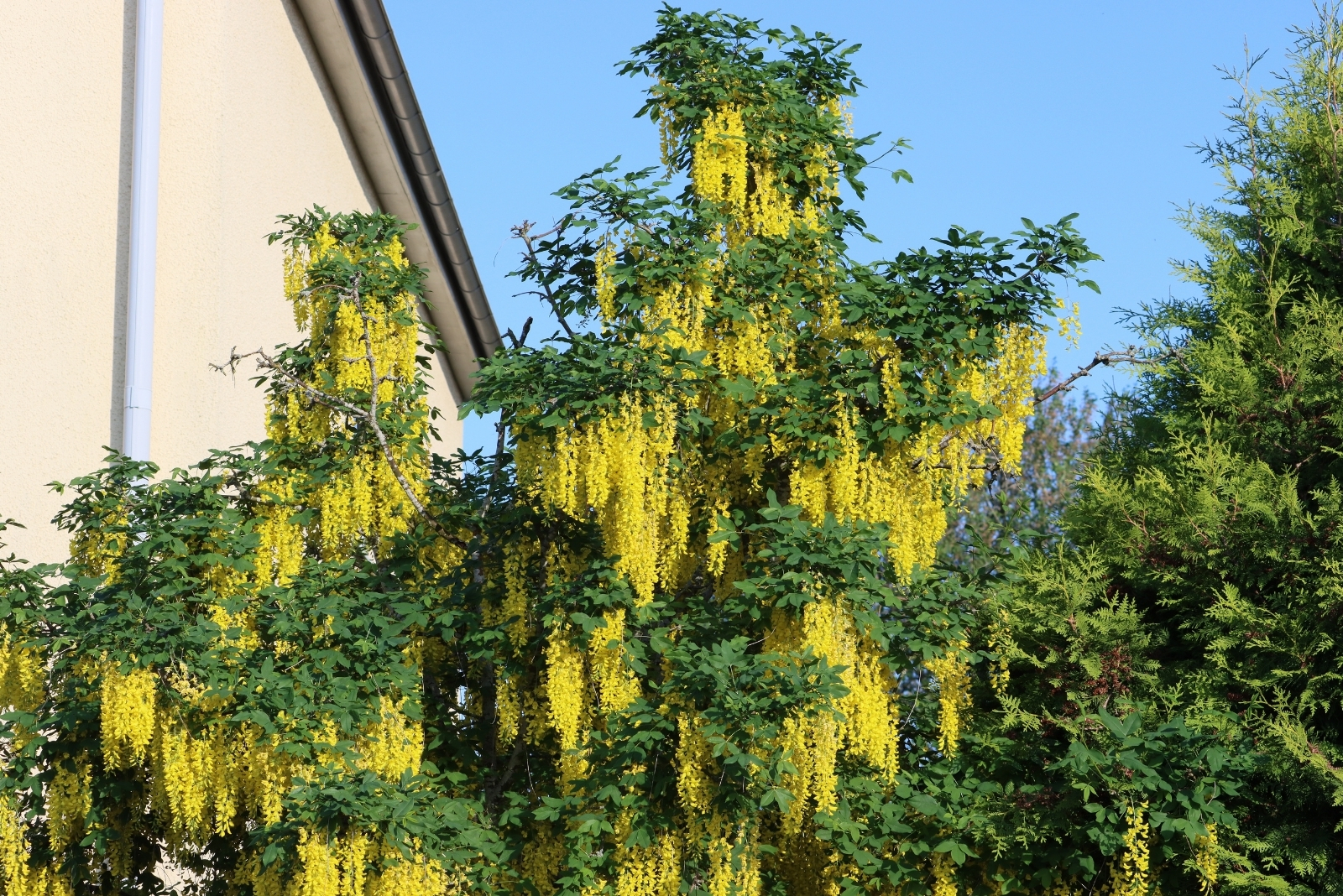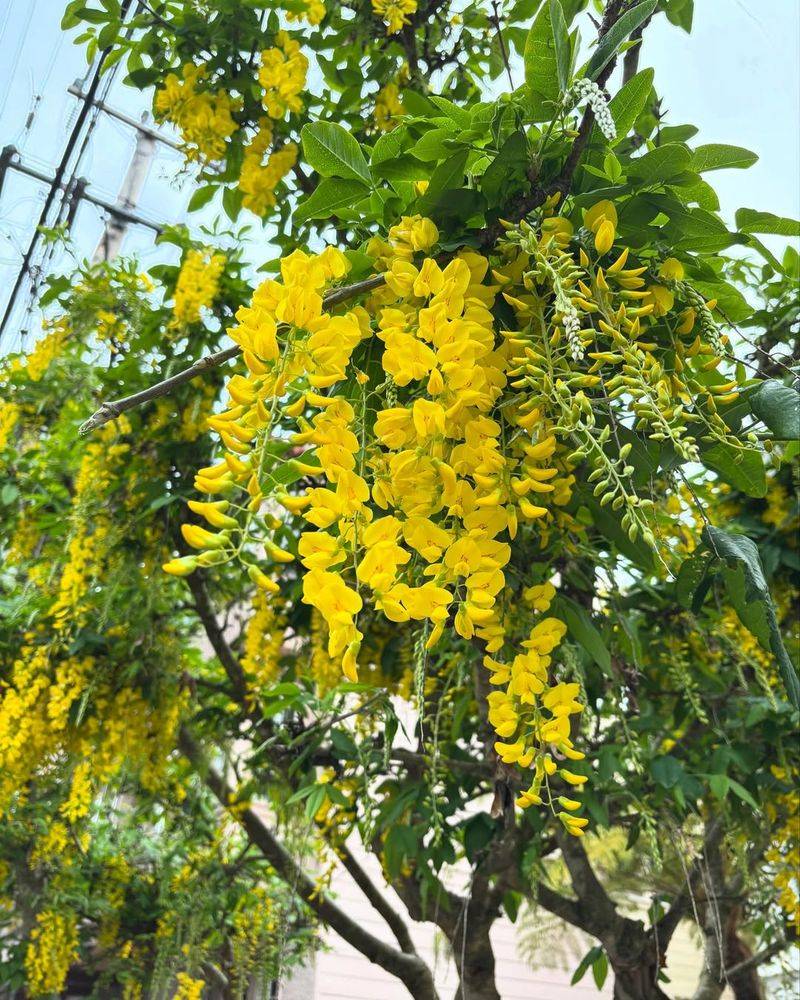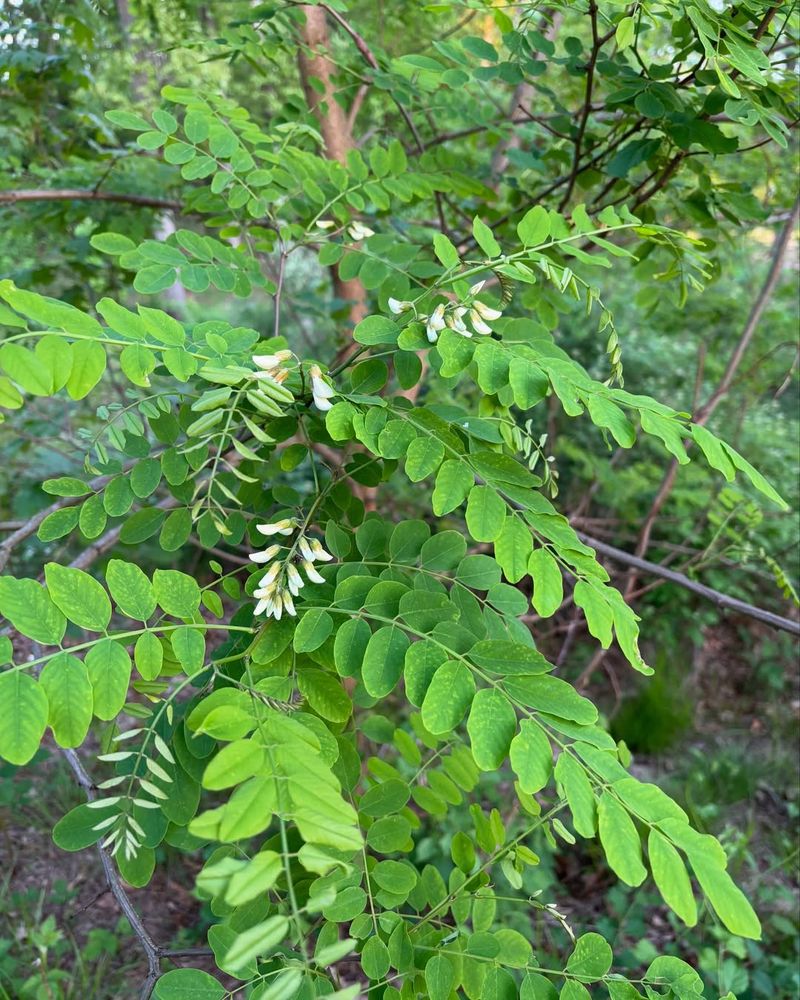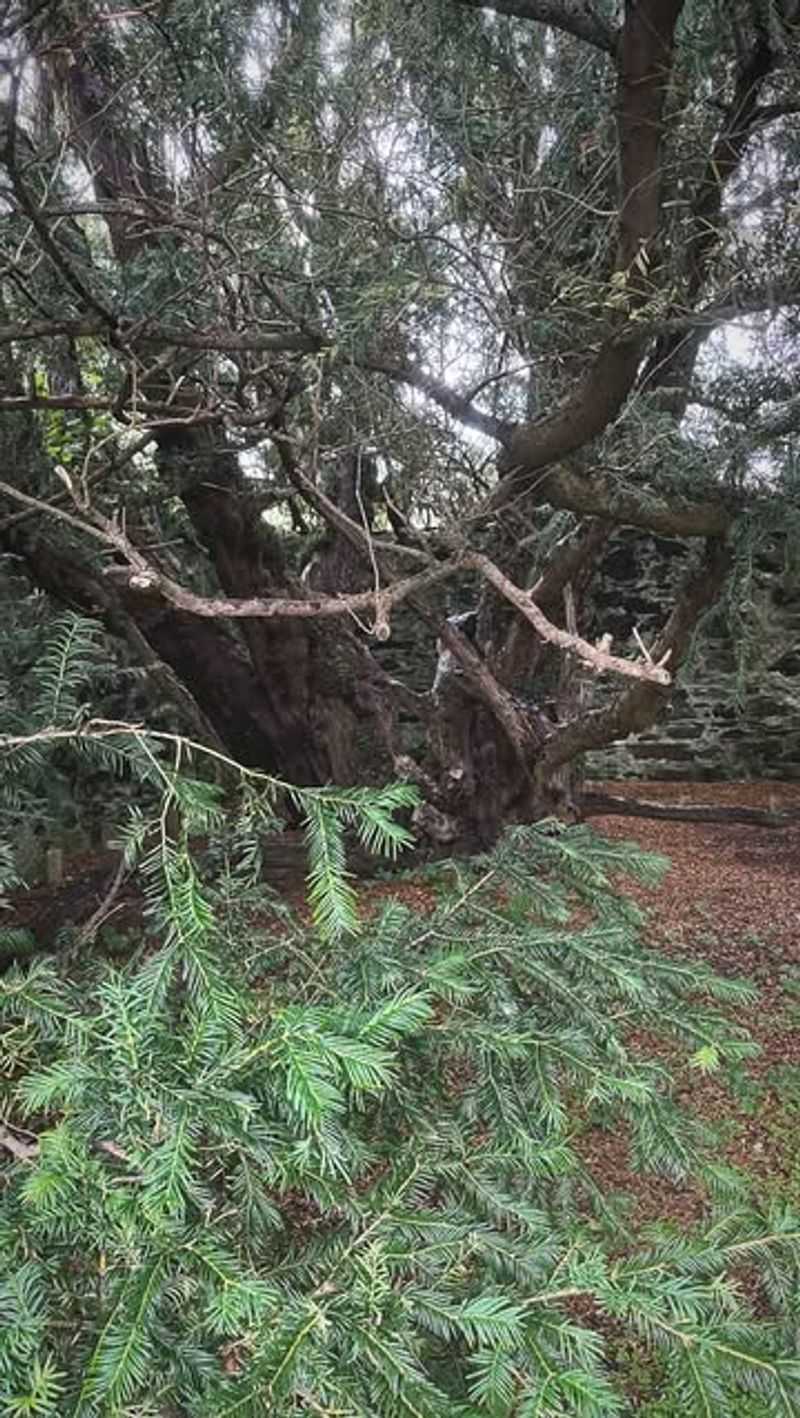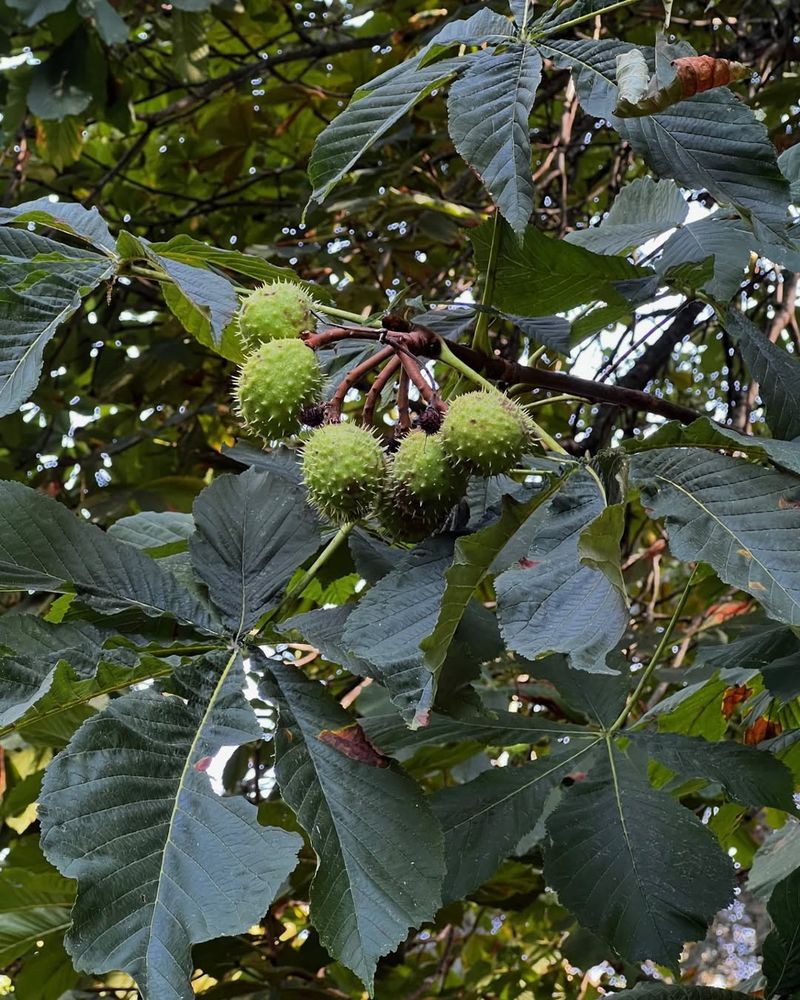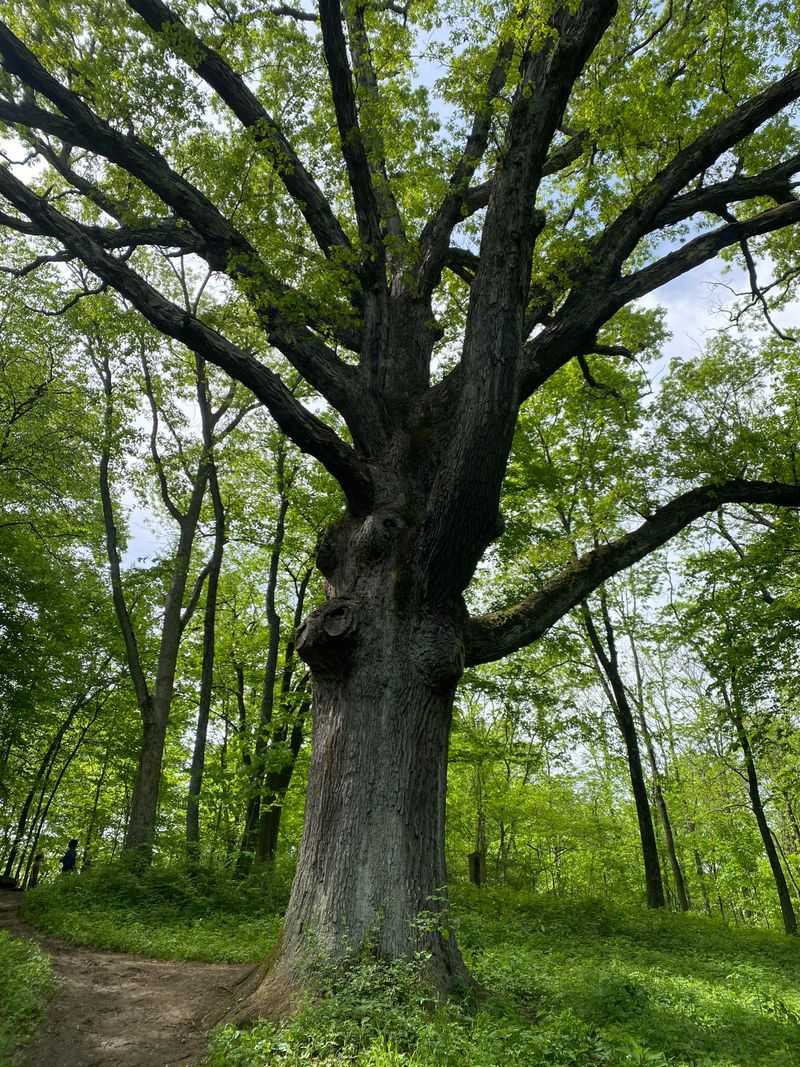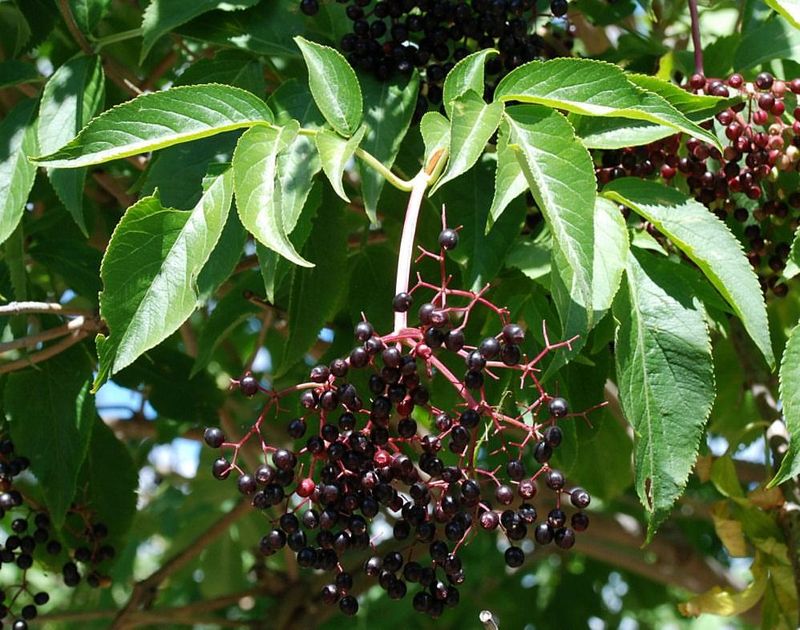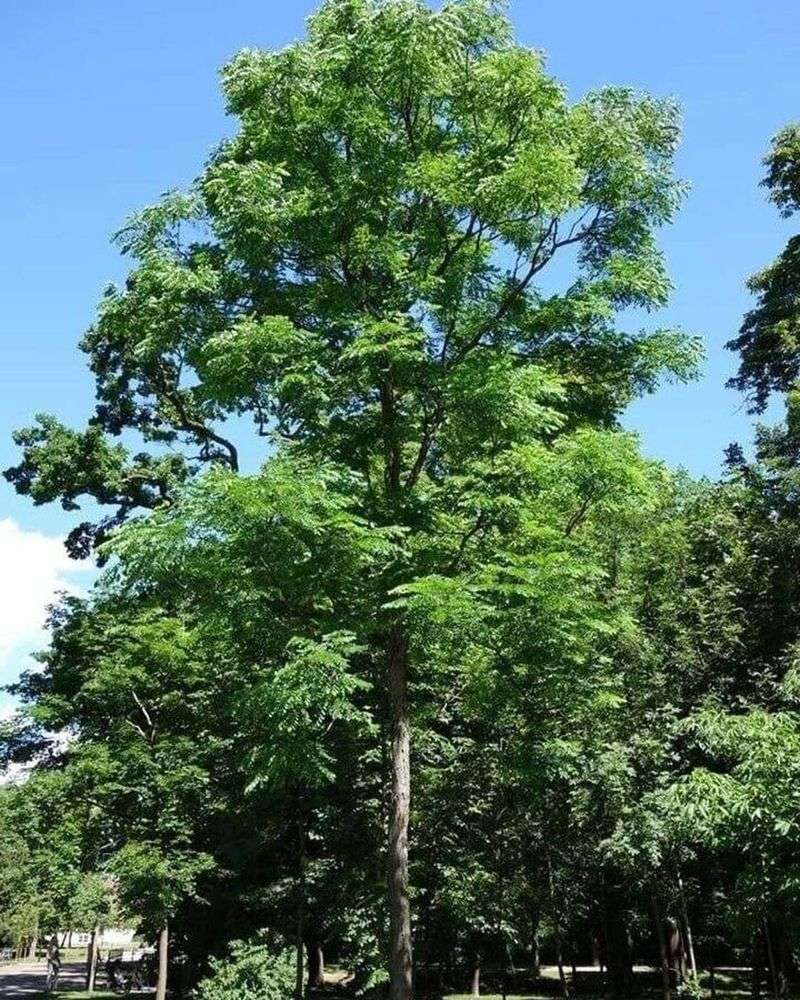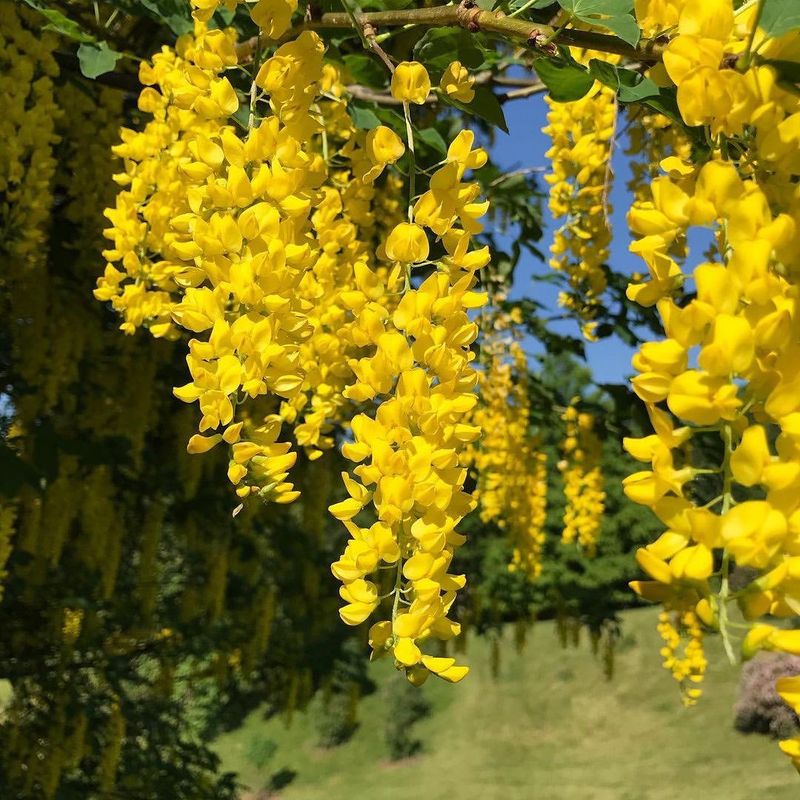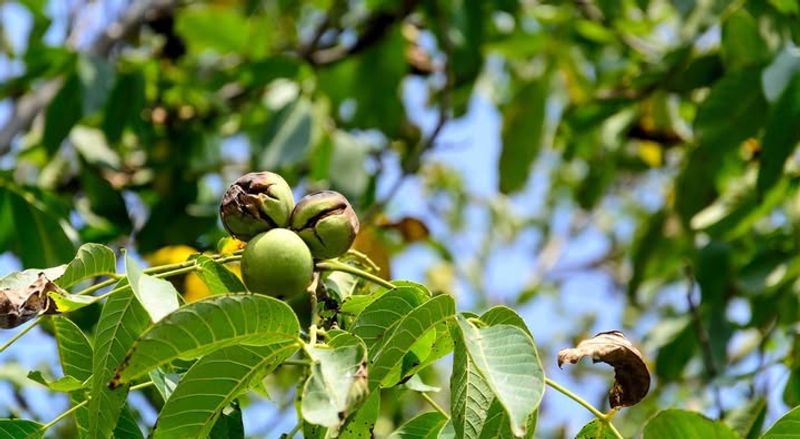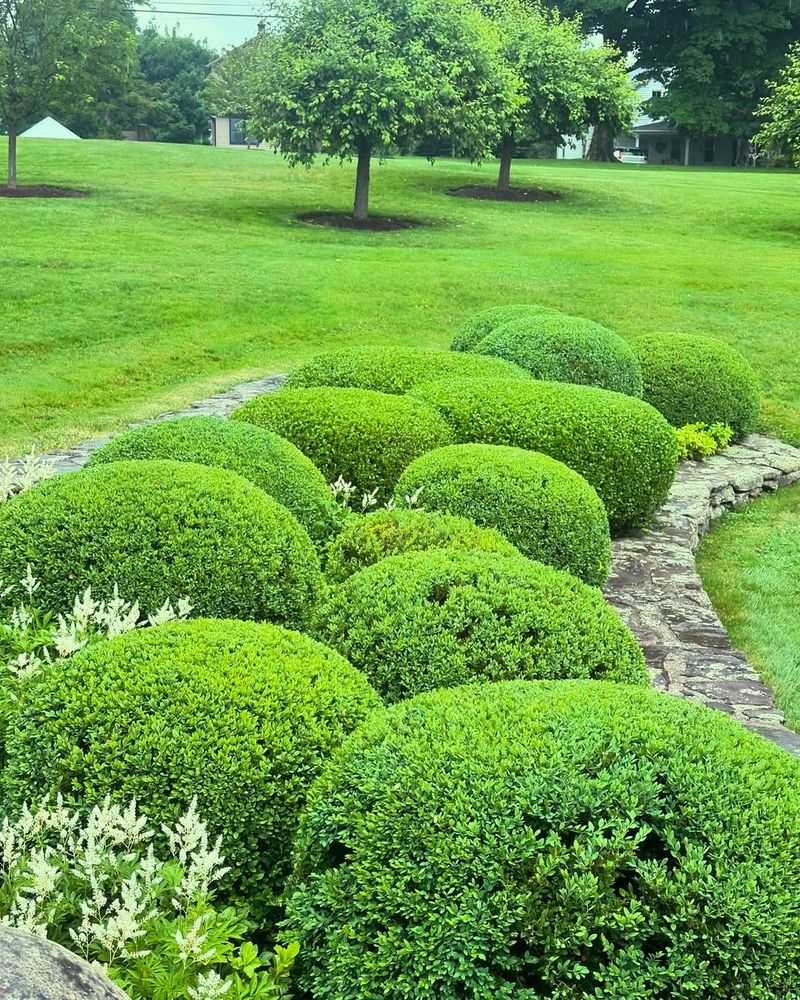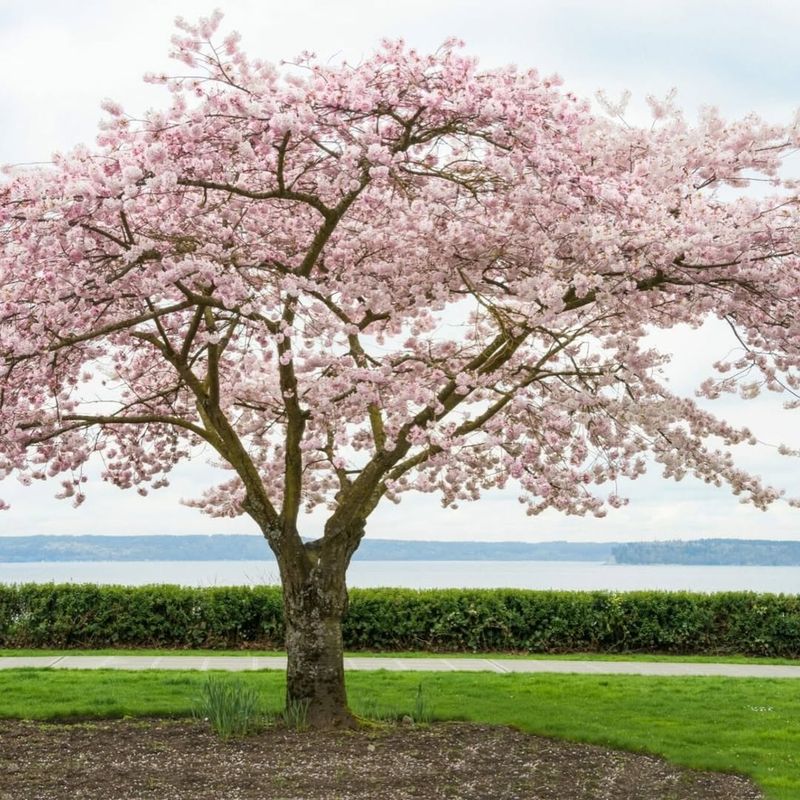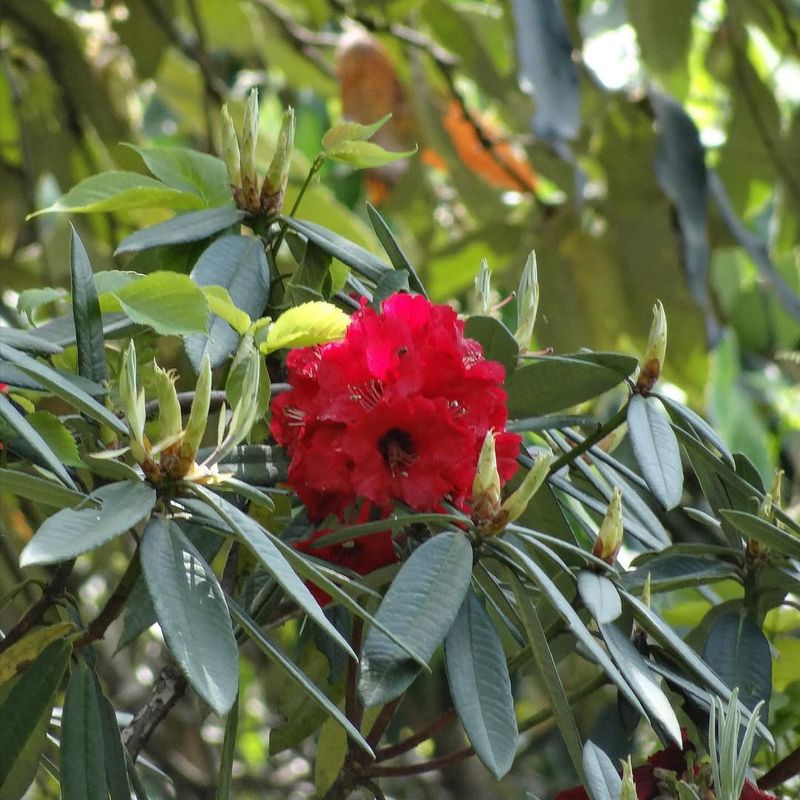Alaska’s dramatic landscapes are filled with trees, but not all of them are safe for people, pets, or even other plants.
Some species carry toxins that can cause serious trouble if you don’t know what you’re dealing with. Homeowners often plant them unknowingly, only to regret it later.
Let’s uncover which toxic trees Alaska residents should keep off their properties.
1. Laburnum
Every part of this ornamental tree contains cytisine, which causes severe vomiting and convulsions if ingested. Alaska gardeners often underestimate its danger because of the beautiful golden flowers it produces in spring.
Children are particularly vulnerable since they might be attracted to the seed pods that resemble peapods. Even small amounts can cause serious symptoms requiring immediate medical attention.
2. Black Locust
Found occasionally in southern Alaska’s warmer regions, this tree contains toxalbumins in its bark, leaves, and seeds. Consuming any part can lead to stomach pain, weakness, and even heart problems.
Many Alaskan landscapers choose it for its hardiness without realizing the risk. The white hanging flower clusters may look innocent, but they harbor compounds that can cause serious digestive distress.
3. Yew
Nearly all parts of yew trees contain taxine alkaloids, especially the seeds. Just a handful of needles can be fatal to humans and animals alike, making it one of the most dangerous trees in Alaska yards.
Despite the risks, some Alaskans plant them as ornamentals, attracted by their evergreen nature and red berries. The berries’ bright color makes them particularly enticing to curious children and pets.
4. Horse Chestnut
Don’t let the name fool you – these aren’t edible chestnuts! Horse chestnuts contain aesculin, which can cause vomiting, diarrhea, and even paralysis if consumed in large quantities.
Though less common in the Last Frontier state, these trees occasionally appear in Alaska’s more temperate areas. The spiny green seed cases and attractive white flower spikes make them appealing despite their hidden dangers.
5. Oak
While rare in Alaska’s climate, some oak varieties can survive in the state’s southern coastal areas. All parts contain tannins, but the acorns and young leaves are particularly high in these toxic compounds.
Livestock in Alaska are most at risk, as they might consume fallen acorns in quantity. Symptoms include kidney damage and gastric distress – problems that can become serious without proper veterinary care.
6. Elderberry
While elderberry fruit is prized for jams and wines when properly prepared, the rest of the plant is highly toxic. Unripe berries, bark, leaves, and roots contain cyanogenic glycosides that can cause severe illness.
Growing throughout parts of Alaska, these plants are often mistaken for harmless shrubs. Many homeowners are surprised to learn that improper preparation of even the berries can lead to cyanide poisoning.
7. Kentucky Coffee Tree
Occasionally planted as an ornamental in Alaska’s milder regions, this tree produces pods containing cytisine. The seeds were historically used as a coffee substitute, but they require extensive processing to remove toxins.
Unprocessed seeds can cause serious digestive upset and neurological symptoms. Despite its rarity in Alaska’s landscape, awareness is important as more exotic species are introduced to the state.
8. Golden Chain Tree
All parts of this stunning ornamental contain quinolizidine alkaloids that can cause respiratory failure in severe cases. The beautiful cascading yellow flowers make it a tempting addition to Alaska gardens despite the risks.
Just a few seeds can be deadly to a child, making it one of the most dangerous trees for Alaskan families with young children. Many gardeners in the state remain unaware of its lethal potential.
9. Black Walnut
While prized for its valuable wood and edible nuts, black walnut trees produce juglone, a chemical toxic to many plants and some animals. In southern Alaska gardens, these trees can stunt or kill nearby plants.
The fallen nuts and decomposing leaves can leach toxins into soil for years. Many Alaskan gardeners discover too late that their prized vegetables won’t grow near these otherwise valuable landscape trees.
10. Boxwood
Popular in landscaped Alaskan yards, these evergreen shrubs contain alkaloids that cause nausea, vomiting, and respiratory problems if ingested. The small, dense leaves make them perfect for hedges and decorative shapes.
Pets are particularly vulnerable to boxwood poisoning in Alaska homes. Dogs may chew on the branches out of boredom during long winter months, leading to serious digestive upset and potentially more severe symptoms.
11. Cherry Trees
Wild and ornamental cherry trees contain compounds that release cyanide when leaves are crushed or wilted. In Alaska’s harsh climate, storm-damaged branches pose a particular risk to livestock and pets.
The wilted leaves are most dangerous, releasing hydrogen cyanide as they decompose. Alaskan horse owners need to be especially vigilant about cherry trees near pastures, as equines are particularly susceptible to cyanide poisoning.
12. Rhododendron
Though technically shrubs rather than trees, large rhododendrons can reach tree-like proportions. All parts contain grayanotoxins that cause vomiting, weakness, and potentially fatal heart problems.
Many Alaska homeowners choose these for their stunning flowers and cold hardiness. The toxicity extends to honey made from their nectar – a concern for the growing number of beekeepers throughout Alaska’s southern regions.

